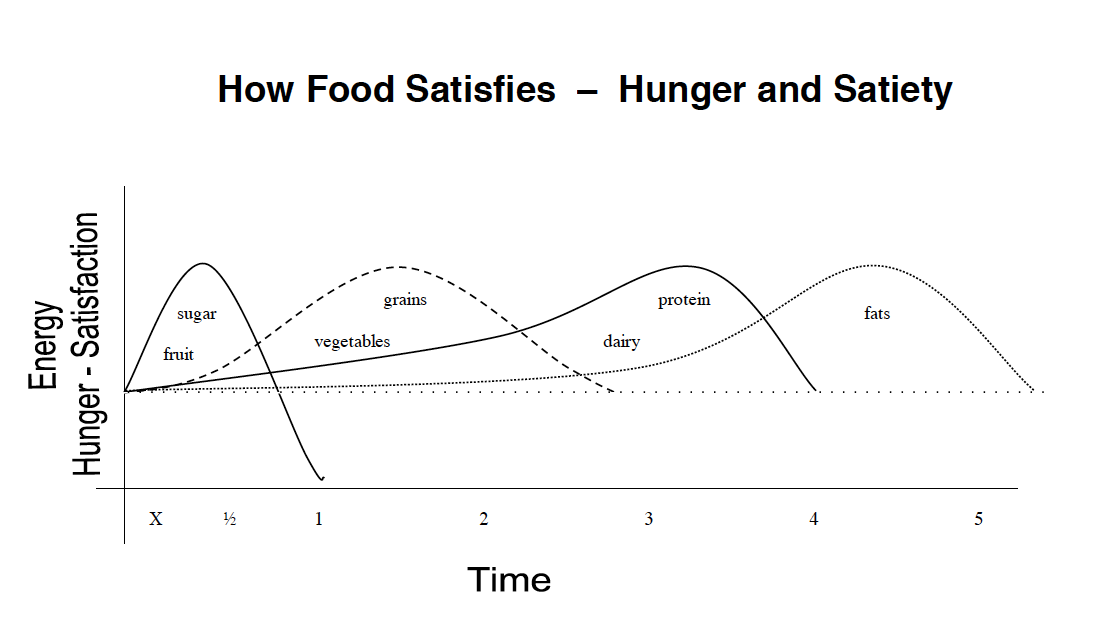Curb Your Cravings with these Balanced Snacks
When it comes to snack foods, there are so many options at the store. From chips to granola bars, snacks have become an integral part of our society.
The challenge for many people comes with choosing what to snack on. At work there are often bowls of candy, lunch leftovers or sweets lying around, all of which can make choosing a healthier snack option more challenging. But just like we plan out when we need to leave for work and what we need to get done, we should model the same practice and be just as intentional when it comes to the food we put in our body!
Today we’re going to talk about TWO things:
How to be intentional with your snacking
How to create balanced snacks that will carry you through until the next meal, your workout, etc.
Snacking with Intention
Intention (noun); an aim or plan. When it comes to planning out your day, snacks should be apart of it. There’s nothing worse than getting through your lunch only to make it to 2 pm and find yourself STARVING. Hangry times 10. When our bodies reach that point of hunger, it’s more challenging for us to be intentional about our food choices and highly palatable foods i.e. when those foods high in sugar, salt, and fat, become even more appealing.
So just like you plan out your meals for the week, you should take a moment to think through what snacks are convenient and portable for you to have on hand. When thinking about building a balanced snack I always recommend my clients try to pair different macronutrients together. Some examples are, a fat and a carbohydrate, a protein and a fat or even a carbohydrate and a protein. The options are endless. By including at least 2 macronutrients, our snack choices become more satisfying because they take longer to digest.
The graph below is something I reference often when working with my clients to design meal plans. This graph shows that certain foods take a very short time to digest in our body including fruits, sugar and simple carbohydrates. While things like protein and fats can take much longer. This offers some perspective on why eating just a banana as a snack may only hold someone over for about an hour. By pairing that banana with some peanut butter or a yogurt, that snack becomes more fulfilling and can hold them over for much longer.
Many of my clients also ask about whether snacking is a “healthy behavior?”
My answer: It depends on what you are snacking on.
Typical snack foods in a Western diet are things like chips, cookies, and candy. These foods are very calorically dense and poor in nutrients. Obviously fine in moderation, but not something to have habitually. They typically digest quickly and leave us eating more than the standardized portion size. By choosing more wholesome foods and pairing 2 macronutrients together you’re more likely to feel satisfied from the fiber, protein and/or fats that are in those foods which can help you manage portion sizes to begin with.
Image Source - Child of Mine: Feeding with Love and Good Sense by: Ellyn Satter
BUILDING BALANCED SNACKS
So what should I look for when I go to the store? Great question. Here are a few things to think about when it comes to popular snack options
Granola & Protein Bars
Shoot for at least 8-10 grams of protein. Without the protein, many granola bars become either mostly carbohydrates which will digest quickly OR they’re high in fat and therefore, more calorically dense than a snack may need to be. Remember, snacks are not meals. Snacks are snacks.
Limit added sugars to less than 10 grams. On the new Nutrition Facts labels added sugars have their own line to distinguish them from those that are naturally present in a food. You will see in RX bars that the labels says “Total Sugars: 14 grams” and the “Added Sugars: 0 g”. This just means that the sugars found in this bar are naturally occurring and in this case, coming from a fruit (i.e. the dates)
Keep bars around 200 calories or less. More than that and your bar is becoming a little too calorically dense. If you feel like you’re that hungry, maybe it’s a sign that your meals aren’t substantial enough or that you’re not eating often enough throughout the day! It’s also important to remember that bars are still processed foods. They don’t grow out of the ground as a bar and because of that they often have more sodium, fat and sugar added to them during processing than their wholesome, plant-based counterparts like fruits and vegetables.
Oatmeal
Most people forget about oatmeal outside of breakfast, but oats can actually be a really satisfying snack. They are not only a good source of protein (especially when made with milk), but are high in fiber which also keeps you feeling full! With so many portable oatmeal cups, this breakfast food has become pretty convenient for many consumers.
Bob’s Red Mill has some great options that are not too high in sugar and loaded with fiber and protein! Other great brands with individual oatmeal servings/packets include Think Thin, Kodiak Cake and Purely Elizabeth.
Don’t forget about fiber in your snacks! Fiber = fullness. It also helps to lower the “bad”, LDL cholesterol, keeps us regular and stabilizes spikes in blood sugar. High fiber snacks are a great way to reach the recommendation for daily fiber intake (25 g/day for women and 38 g/day for men)
Try to limit ADDED SUGARS to 8-12 grams per serving. 4 grams of sugar = 1 teaspoon and an average soda has about 44 grams, or 11 teaspoons of sugar! Imagine putting that into your coffee every morning! Even if you don’t drink sugar-sweetened beverages, added sugars can literally add up throughout your day if you eat a lot of processed foods!
FIBER FUN: Whole grains are a great source of fiber. Some whole grains to try out for snacks or meals include oatmeal, quinoa, brown rice, farro, whole wheat pasta, bulgur wheat, buckwheat, etc. Try these plant-based options to incorporate more fiber and protein into your diet that is both nutritious and sustainable!
Yogurt
Yogurt is a great source of calcium and protein! When choosing yogurts you want to be mindful of added sugars and protein.
Yogurt can be tricky when it comes to added sugars. Thankfully the new labels help to clear up some of the confusion! Yogurt itself naturally has sugar in it, it’s called lactose. However, flavored yogurts in particular, typically add sugar to sweeten them. When looking at this Siggi’s label you can see that the Total Sugars says 11 grams. However, only 7 of those 11 grams are ADDED SUGARS. So that means 4 grams are naturally occurring, or the milk sugar, lactose.
A good rule of thumb when picking yogurts is that a single serving cup should have less than 10 grams of ADDED SUGARS and at least 10 grams of protein.
DID YOU KNOW? Greek yogurt is just regular yogurt that has been strained to remove more of the whey which leaves you with a more concentrated product and higher protein! Also, because yogurt is a fermented dairy product the lactose content is lower than milk! Many people with lactose intolerance find yogurt to be tolerable for that reason!
Fruits & Vegetables
Last but definitely not least, fruits and vegetables. Both are a great, nutrient dense snack option. As most fruits and vegetables fall into the carbohydrate group, pairing them with a fat or protein can help make them more substantial. A few popular snack options include:
Carrots + Hummus*
Apples + Peanut Butter**
Banana + PB Toast
Carrots + Cheese Stick
Orange + Hard-Boiled Egg
Raspberries + Yogurt
Blueberries + Almonds
* Watch the portion size on things like hummus and PB. It’s easy to over-do it if you’re eating it right out of the container
**For convenience, have single serving packets of peanut butter on hand. Make sure to read the ingredient list to check for added sugars!
FUN FACT: Raspberries are particularly high in fiber with 8 grams per 1 cup! I don’t know about your, but I down one of those pint-sized containers in one sitting and am happy to get my fiber from those delicious berries!





